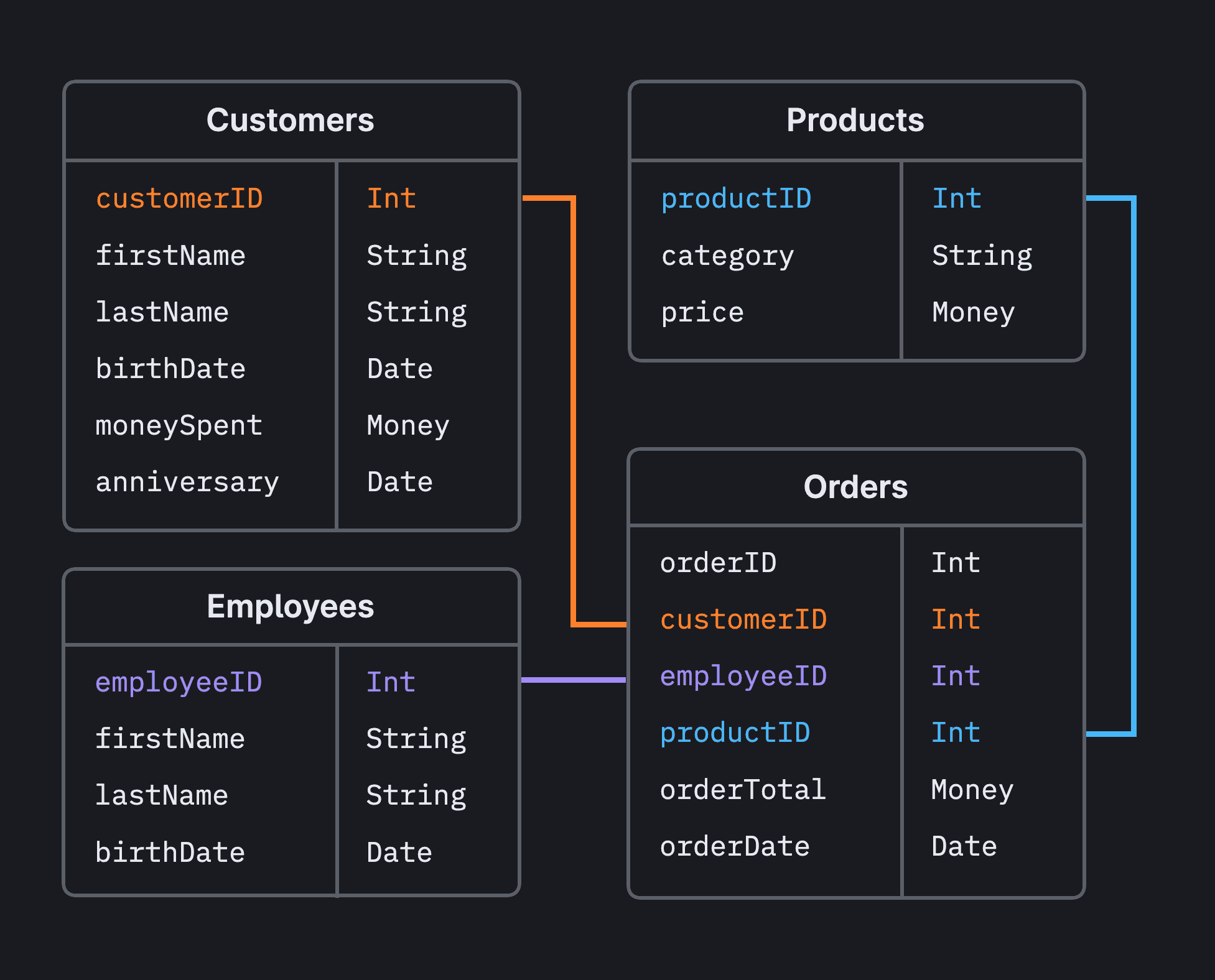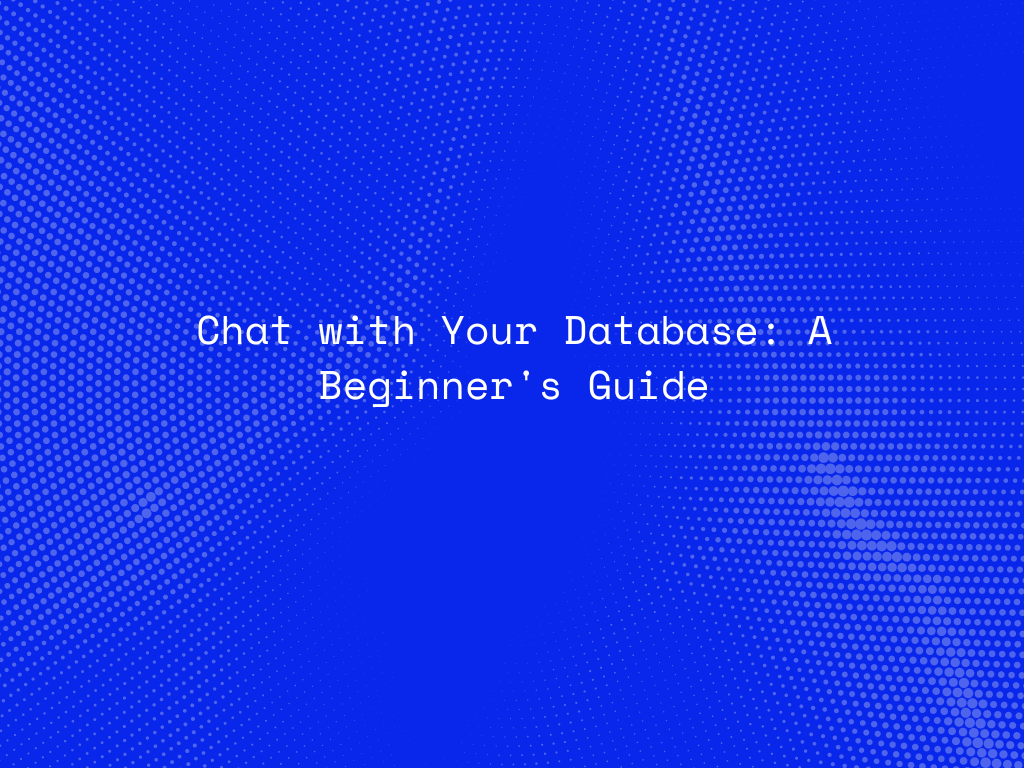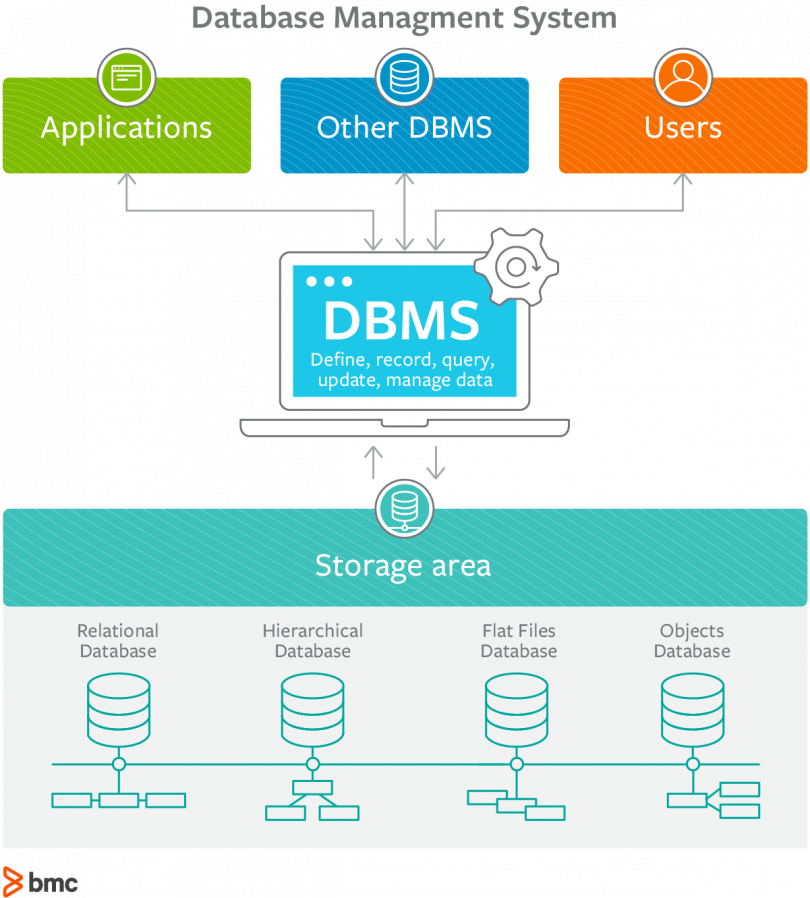Your Database

Understanding Your Database

A database is a collection of organized data that is stored in a way that allows for efficient retrieval and manipulation. Databases are used in a wide range of applications, from simple websites to complex enterprise systems. In this article, we will explore the basics of databases, including data models, database designs, and database management systems.
Data Models

A data model is a conceptual representation of the data in a database. It describes the structure and relationships of the data, including the entities, attributes, and relationships between them. There are several types of data models, including: * Entity-Relationship Model: This model represents data as entities and relationships between them. * Relational Model: This model represents data as tables with well-defined relationships between them. * Object-Oriented Model: This model represents data as objects with properties and methods.
Database Designs

A database design is the process of creating a detailed blueprint of the database, including the structure and relationships of the data. A good database design should take into account the scalability, performance, and security of the database. Some key considerations in database design include: * Data normalization: This involves organizing the data in a way that minimizes redundancy and dependency. * Data denormalization: This involves intentionally deviating from normalization to improve performance. * Indexing: This involves creating indexes on columns to improve query performance.
Database Management Systems

A database management system (DBMS) is a software system that allows you to create, modify, and manage databases. Some popular DBMS include: * MySQL: An open-source relational DBMS. * PostgreSQL: An open-source relational DBMS. * Microsoft SQL Server: A commercial relational DBMS. * MongoDB: A NoSQL DBMS.
📝 Note: When choosing a DBMS, consider factors such as scalability, performance, and compatibility with your application.
Database Security

Database security is a critical aspect of database management. Some key considerations include: * Authentication: This involves verifying the identity of users and applications. * Authorization: This involves controlling access to data and resources. * Encryption: This involves protecting data from unauthorized access. * Backup and recovery: This involves ensuring that data is backed up and can be recovered in case of a failure.
| DBMS | Security Features |
|---|---|
| MySQL | Authentication, authorization, encryption |
| PostgreSQL | Authentication, authorization, encryption, row-level security |
| Microsoft SQL Server | Authentication, authorization, encryption, row-level security, dynamic data masking |

Best Practices for Database Management

Some best practices for database management include: * Regular backups: This involves backing up data regularly to prevent data loss. * Monitoring and maintenance: This involves monitoring database performance and performing regular maintenance tasks. * Security audits: This involves performing regular security audits to identify vulnerabilities. * Optimization: This involves optimizing database performance and queries.
In summary, understanding your database is critical to ensuring the performance, security, and scalability of your application. By following best practices and considering key factors such as data models, database designs, and database management systems, you can create a robust and efficient database that meets your needs.
What is a database management system?

+
A database management system (DBMS) is a software system that allows you to create, modify, and manage databases.
What are the different types of data models?

+
There are several types of data models, including entity-relationship models, relational models, and object-oriented models.
What is database security?

+
Database security refers to the practices and procedures used to protect a database from unauthorized access, use, disclosure, disruption, modification, or destruction.



